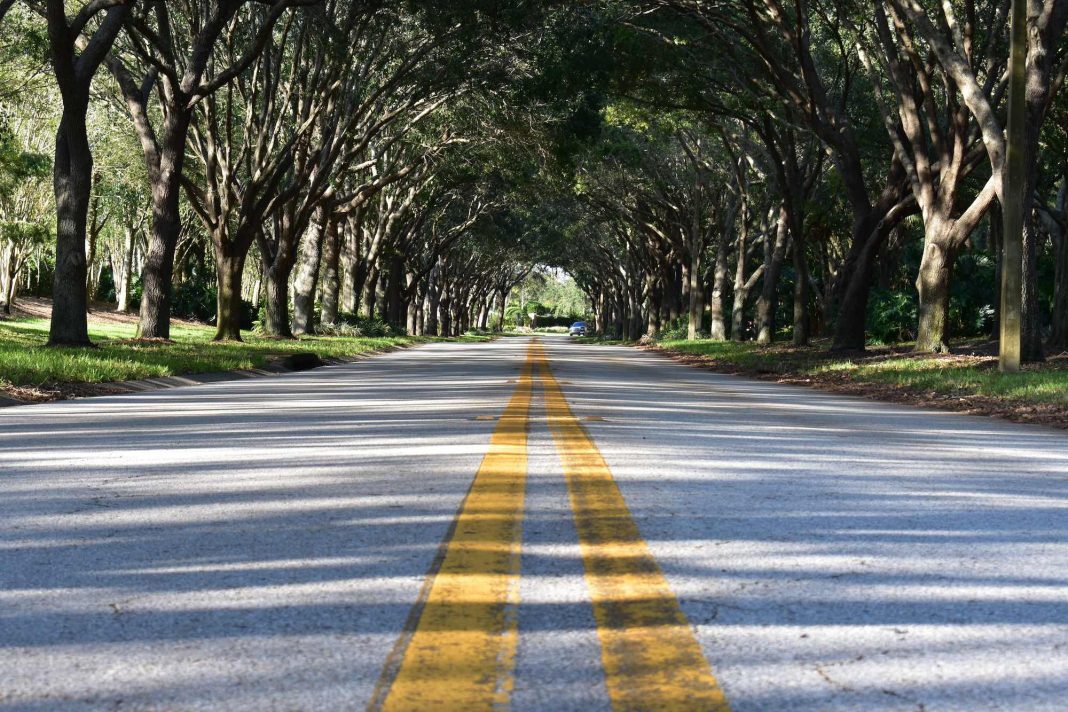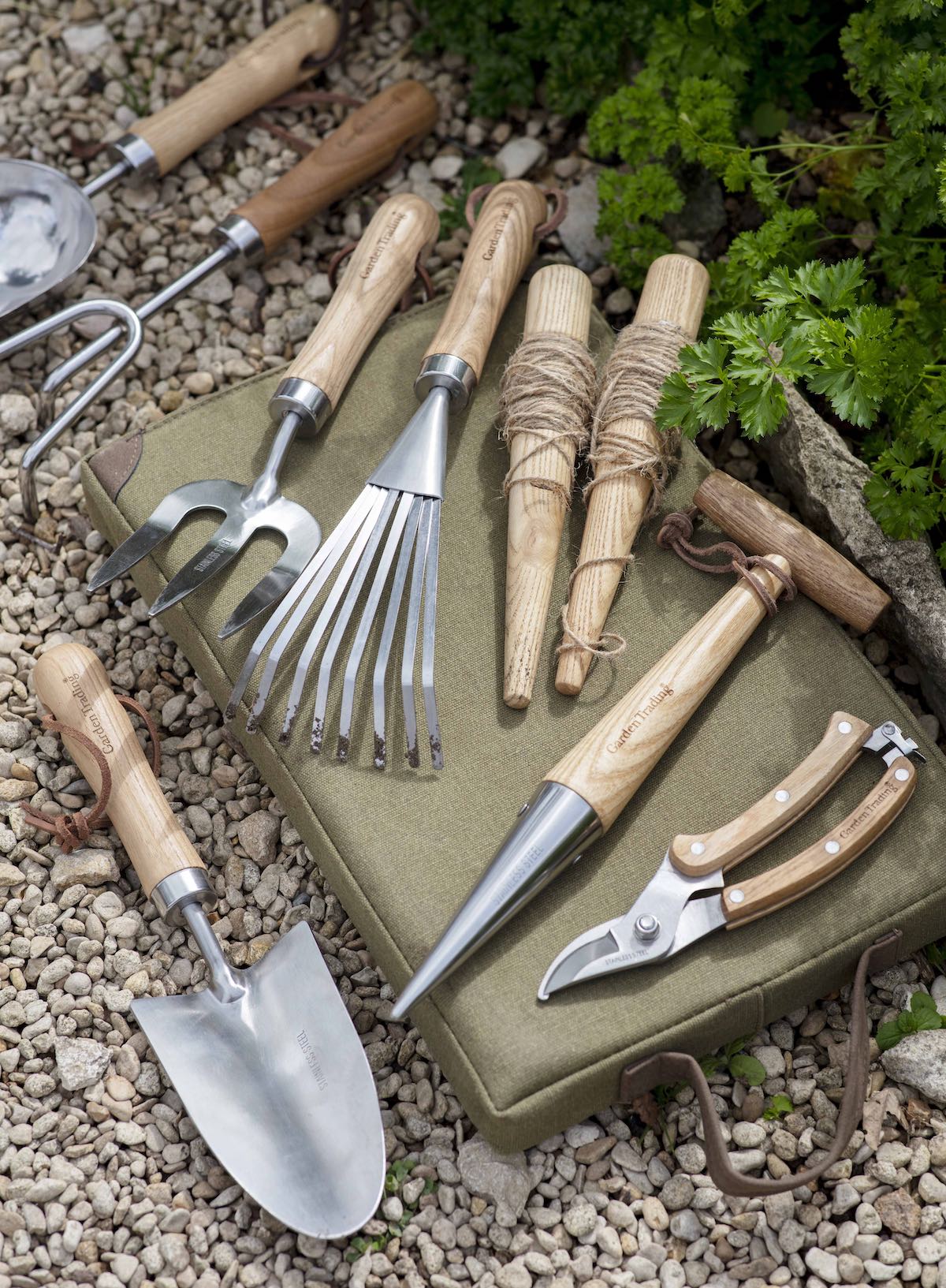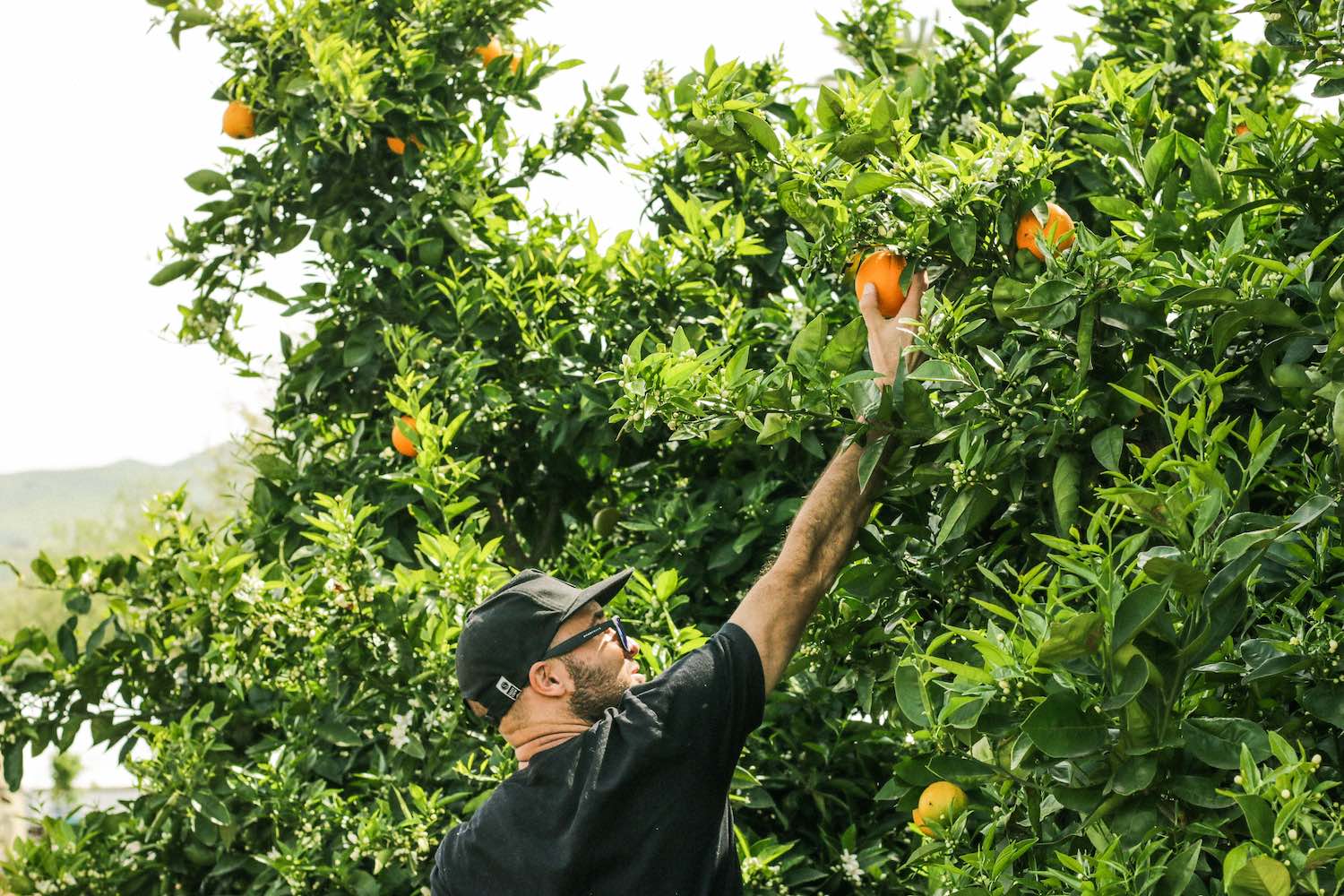Introduction
Do you suspect that your tree has a problem? Identifying and diagnosing common tree diseases is essential to taking proper care of your trees. This blog post provides a comprehensive guide on how to identify tree problems and determine when it’s best to seek professional help.
Learn useful tips for recognizing signs of sick or stressed trees, understanding common types of tree diseases, and using the right identification resources. Let’s get started on evaluating and managing your trees!
Understanding Tree Diseases
Tree diseases can consist of a wide range of signs and symptoms, from discolored leaves to weakened branches and trunk rot. Knowing how to identify the common types of tree diseases is essential for early intervention and preventing extensive damage.
Causes and classifications of tree diseases
Tree diseases can be classified into four categories, namely environmental (non-infectious) factors, site-related issues, animal and machinery injury, and infectious agents. Environmental stresses are caused by erratic weather patterns or fluctuations in temperature that weaken tree resistance to illnesses, leading to conditions such as drought stress or freezing damage.
Site problems include excess morning dew from poorly drained soil; variations in salt concentration near roadways due to salted roads; low water levels resulting from nearby construction; or fertilizer burn due to overapplication of chemicals.
Animal injuries can cause severe harm because of grazing types of animals like sheep and goats eating the bark at the base of a trunk while machinery injuries result when large objects root underground accidents passed through trees during excavation activities.
Infections agents are divided into two classes: fungi and bacteria/viruses which cause plant health decline ranging from minor discoloration on leaves all the way up to serious illnesses compromising whole trees.
Fungal infections commonly take tree form in disfiguring leaf spots like Snow Blight or Rust Disease that give foliage an unhealthy countenance usually visible with careful observation followed by appropriate actionable procedures chosen for remediation suits one’s wallet best for individual needs.
These diseases could affect several tree species within multiple regions depending on pathogen type requiring regional rates suitable services provided by qualified personnel only since performing ineffective cuts along branches may worsen matters instead.
Common types of tree diseases
Tree diseases can have a major impact on the health and vitality of trees, so it is important to have an understanding of the various types. Oak wilt, verticillium wilt, mimosa wilt, and Dutch elm disease are some examples of common tree diseases that affect hardwood species.
Fungal infections such as powdery mildew and leaf rust can also take hold in oak trees or other deciduous varieties due to excess moisture or humidity. In addition, there are several insect-borne ailments that plague conifers like pines and spruces; these include gall wasps creating swollen boils on needles or bark beetle boring holes through the wood.
As each component of tree health becomes compromised by disease or pests, they must be identified early enough for treatment to begin before irreversible damage occurs. Thus it is highly beneficial for homeowners to become familiar with identifying different signs associated with sick trees in order to know when professional help is necessary.
Identifying Tree Problems
Identifying tree problems and paying attention to leaf and needle diseases, bark diseases and root diseases can offer insight into tree problems requiring professional help.
Tree leaf and needle diseases
These are a group of tree diseases caused by parasites, fungus, bacteria and other physiological stresses that can affect the health of trees. These diseases can vary in severity from mild infections causing slight discoloration or defoliation to very severe cases involving total loss of leaves over an entire branch.
Common causes include bacterial or fungal pathogens, environmental stressors like drought and frost damage, insect infestations with sap-sucking pests such as aphids and beetles, herbicide drift and air pollution such as sulfur dioxide.
There are various types of tree leaf and needle diseases including snow blight which cause yellowing and dieback needles; brown felt disease which results in reddish-brown patches on buds; brown spot needle blight which has copper colored lesions on new growth; red band needle blight with orange stripes along longitudinally with dead needles at the tips.
Tree bark diseases
These are an essential part of overall tree problem identification that may require professional help. Common types of tree bark diseases include crown gall, tar spot, verticillium wilt, and bacterial wetwood.
These diseases can impact the health and longevity of trees by causing respiratory illness, rotting bark layers, thinning leaves or needles, fungal deformities during budding or flowering time frame among other adverse effects on a tree’s growth patterns and appearance.
Therefore it is important to identify the signs of such infections such as discoloration or flaking off pieces in the tree’s surface layer before seeking professional assistance for its treatment.
Tree root diseases
Tree root diseases are caused by a range of pathogens or environmental stresses that attack tree’s roots, leading to wilting and dieback. These can include fungi such as root rot, bacteria and soil-borne diseases like take-all patch, or environmental problems such as drought and poor drainage.
Root rot is the most common type of tree disease caused by water stress conditions that encourage fungal growth in the basal region of the trunk or stem. Brown felt and red band needle blights are other common forms of tree disease due to their ability to generate large upright lesions on foliage surfaces.
In addition to biotic agents, things such as soil compaction, nearby construction activities, poor fertilization practices can also lead to plant health decline associated with trees’ endomycorrhizal associations with microorganisms living within them which help absorb nutrients from soils and aid uptake for healthy growth processes.
Recognizing Signs of Sick or Stressed Trees
It is important to take notice of the signs that may indicate a tree is sick or distressed, such as visual symptoms of tree diseases, changes in its growth and appearance, and discoloration or wilting leaves.
Visual symptoms of tree diseases
Tree diseases come in a wide variety of forms and can present themselves with different visual symptoms. Common features include downward bending petioles (epinasty), stem swelling, chlorosis (yellowing of leaves), edema, reduced and stunted growth, twig dieback, amongst others.
These symptoms can be caused by various agents such as fungal or bacterial infections, insect infestations, environmental stressors like drought or nutrient deficiency. In some cases disease-free trees may also start to display these signs due to prolonged periods of stress from the environment which affects their health and wellbeing.
It is important for tree owners to recognize the difference between normal and abnormal so they can identify sick or stressed trees early on in order to seek professional help when necessary.
Gaining knowledge about common visual indicators like discolored foliage or wilting branches will help them distinguish healthy from unhealthy trees even before reaching an expert level diagnosis.
Changes in tree growth or appearance
These changes can be tell-tale signs of tree diseases or pathogens. Unusual branch patterns, stunted growth, and abnormal leaf discoloration might be indicators that a tree is struggling with an underlying issue that requires professional help.
For instance, if the canopy of a once healthy and full-bodied Elm Tree begins to thin out without any noticeable reason it could signify the presence of Dutch elm disease which will require assistance from a certified arborist to properly diagnose and treat.
Alternatively, changes in growth rate can indicate root decay resulting from poor soil quality or environmental factors like drought or flooding. In this case, measures such as aeration may need to be taken to fix compaction levels below ground level before considering deeper treatments such as fertilizer application.
When to Seek Professional Help
It is important to recognize the signs of tree diseases which require professional help so that any necessary treatments can be done early and effectively.
Complex or severe tree diseases
Complex diseases can be difficult to identify and diagnose, since the symptoms may not immediately or consistently present itself. It is important for trees owners to be aware of potential signs of distress that could indicate a severe tree disease, such as discolored leaves and needles, wilting foliage, bark abnormalities, the appearance of galls or other sores on trunk or branches, and dangerous-looking fungal growths.
If any of these signs appear in a tree it’s critical to seek professional help immediately in order to prevent further damage from occurring. Professional arborists are trained experts that can assess your trees health with knowledge about common tree maladies in an area like Pennsylvania – they have access to advanced technological resources which enables precise diagnosis and treatments that would otherwise go undetected.
Professionals such as Tree Service Rochester NY also may provide advice on how best to protect nearby trees if they detect contagious diseases threatening them. With their years of experience coupled with quick response time and comprehensive approach, tree care specialists need to be contacted for complex or severe problems before such issues get out of control putting you at a risk .
Tree diseases that pose a threat to other trees or property
These situations can have serious consequences, not only for the affected tree but also surrounding trees and property. Trees infected with certain diseases may be weakened to a point that it collapses or falls over due to poor structure, posing significant threats.
Some common diseases include anthracnose which affects deciduous trees like sycamore, ash and oak as well as shrubs such as privet. Left untreated this type of disease can spread from one tree quickly compromising the health of an entire forest and threatening local industries that depend on healthy woodlands; e.g logging companies or nature reserves.
Therefore, early identification is important in order to prevent unpleasant scenarios such as fallen trees obstructing pathways or roads involving safety hazards for people and animals nearby. Often, these kinds of problems need a tree removal service promptly to prevent damage and injury. If you’re located in the West NY area and need a tree removal in Rochester, NY, then please contact the Rochester team for immediate assistance.
Lack of improvement with home remedies or treatments
For tree problems, it is important to know when to seek professional help. Home remedies and treatments may not always be effective, and in some cases they can even cause more harm than good.
When relying solely on home remedies for tree diseases or other issues without seeking expert advice, the risks are high that the wrong problem could be misdiagnosed or an inappropriate remedy employed.
Professional arborists and tree care specialists possess the knowledge and tools necessary to properly identify potential causes of a wide range of maladies affecting trees – from fungal infections to poor soil drainage – as well as recommend treatment strategies that will minimize any additional damage or increased costs over time.
Additionally, these experts have access to specialized equipment such as pruning saws and injectors that can often improve treatment success rates for more challenging situations involving pests, disease outbreaks, structural defects of trunks/branches etc., compared with do-it-yourself approaches using simple garden tools from hardware stores.
Conclusion
Having a solid understanding of tree health and disease identification can help homeowners make decisions about when to seek professional help for tree problems. When spots, discoloration, wilting leaves, or other signs of potential sick or stressed trees are observed, it’s important to consider taking action quickly before the disease spreads further.
Complex or severe tree diseases along with cases that threaten other trees or property should be addressed by certified arborists as soon as possible. Additionally, if home remedies or treatments do not seem to improve the trees’ condition over time then contacting an arborist is recommended.
Accurate tree species identification is key in helping pinpoint common hazards associated with each individual type. Resources and guides are available online which provide photos of damage symptoms and control measures for various tree diseases and pests in order to assist in making informed decisions about managing one’s landscape. If your property is located in West New York such as Rochester or Buffalo, please contact Tree Service Buffalo NY for more information about getting tree assistance.










